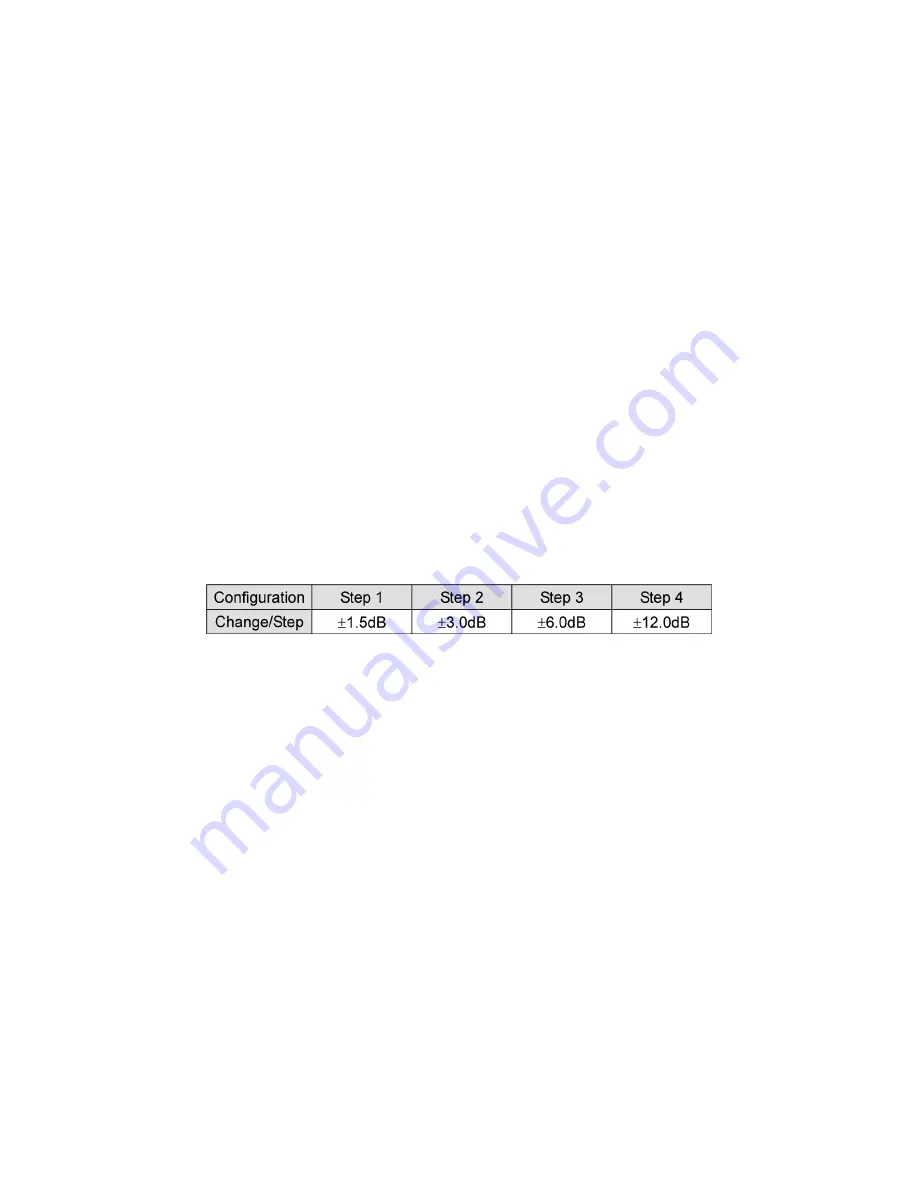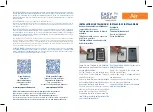
ESI
Prodigy 7.1 HiFi
16
10. 3D effect
QMSS and QXpander, QRumble™ on/off.
11. QRumble™
QRumble™ panel on/off.
12. DirectWIRE 3.0
Clicking this menu will open the DirectWIRE 3.0 screen. DirectWIRE 3.0 is a unique feature of the
EWDM driver that transfers digital audio data internally within different applications. MME, Multi-
MME, ASIO and GSIF indicate the different driver interfaces supported by Prodigy 7.1 HiFi. The
numbers along the column designate the channel number of the inputs and outputs. Please refer to
Section 9. DirectWIRE 3.0 in this manual for more detailed information.
13. QSound
If you want to enable the QSound mode, you must turn it on by clicking in the Q logo.
14. Config
1)
Mouse Wheel:
Configures the mouse wheel for volume change adjustment. Default value is
±1.5dB per step. You can configure the steps to your preference.
2)
Latency:
Configures the latency setting for Prodigy 7.1 HiFi. Generally, for multi-track
recording we recommend higher latency for stability. For software synthesizers and mastering
software, we recommend lower latency. The optimal latency setting will depend on your application
and your computer system.
3)
Digital Monitor:
Digital monitoring from Analog input signal. And you can send S/PDIF digital
signal from analog input.
4)
Always On Top:
This enables the Prodigy 7.1 HiFi control panel to be always displayed on the
top.
5)
Factory Default:
Allows you to revert back to the factory default setting for all configurations.
6)
MME Panel:
Shows the Windows MME sound control panel.
7)
Input Gain -3dB:
Lowers -3dB on input gain for reducing clipping noise on 3. Speaker tab when
you use excessive effect on QSound.
8)
Use only default device:
You can control “Use only default device” on “Sound and Audio
devices properties”
9)
Clone 4-way from out1,2:
This enables a function to copy the same signal from playback
channels 1,2 to all output/playback channels.






































